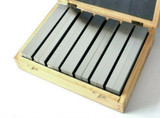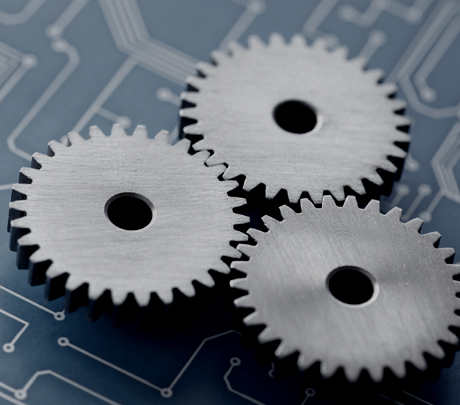UNDER DEVELOPMENT!
Our FAQs below will hopefully answer some of our customers more frequently asked questions info@emgprecision.com
Delivery / Logisitics Returns Questions
We provide a world-wide delivery service for all of our products. Our main customers are all over Europe, Australia, Asia, Canada, United States of America and South America. Basically if your country does not have any import restrictions we will probably be able to ship to you.
Technical Questions
The combination use of a Touch Probe and Tool Setter when easily integrated into your CNC control processes and software can become instrumental in making massive improvements the your resultant total customer satisfaction. Fully automated use of these tools will also make your machine shop huge financial savings with productivity, scrap and yield improvements over conventional methods. Touch probes, or sometimes known as triggering touch probes or touch-trigger probes. They work by touch parts of stock material, component or tool to collect a number of required data points. The machine operator can use a probe like this to precisely determine the position of components or stock materials. This precision information can then be used to update machine settings, offsets and position data in your CNC control software or CAM model. Touch probes are often used on milling machines in conjunction with an automatic tool change carousel system, but can also be used by manual exchanging a cutting tool for the probe. Touch Probes are often used in conjunction with a CNC Milling Tool Height Setter.
Thermal Expansion Compensation 3D Surface Measurement, Inspection & Digitisation. Preset Setting Tool Height Setting, Tool Diameter Cutter Compensation Workpiece Measurement Workpiece Alignment Vice and Workholding Position Identification 3D Surface profiling. CNC Machine Calibration.
When we consider the use of these precision instruments there are a number of frequently used applications and processes that are commonly used with stock, components, tools and system calibration. Some of these common applications are as follows… Workpiece alignment is of fundamental importance when machining. This is even more important for workpieces that have already been partially machined. It is critical that you can determine the components exact position and orientation to ensure that any subsequent machining operations are correctly located. This can prove very difficult if complete manually. The use of a touch probe in this scenario can speed up this process dramatically and with much more precision. Essentially the workpiece can be clamped however and in a position that may not be accurate in terms of aligning with XY coordinates. In this situation with a touch probe you have an automated program that begins analysing the position of the component to define any misalignment. This data is then processed by your control CAM software and the necessary adjustments are made to the program to compensate for manual positional errors. The system may simply move two datum points like hole centres or rotate the XY axis by 0.001 degrees to compensate. You can now begin machining you operations with absolute confidence that your stock is located in harmony with your cutting program.
Within your machines setup it maybe that you have a number of pre-set positions. You may have a selection of precision vices with known positions. You can use touch probes to make fine adjustments to stock positions on these preset positions using regular commonly used routines. Imagine a scenario where you roughly clamp some stock into a collection of 2 clamping devices on your machine bed. You can automatically run a routine with your touch probe to go a find the exact positions of that stock and make the offset adjustments in your software. This can ensure that you don’t waste stock or manufacture components that are not positioned correctly. You can also reduce your safety material rules and save money on stock waste.
To machine components consistently and repeatedly with high levels of accuracy it is imperative that your cutting tools are maintained and performing correctly. Inevitably cutting tools will wear and it is not always necessary to replace worn tools as they may be perfectly useful. What needs to happen though is that tool wear needs to be compensated for. With the use of predefined routines, touch probes can be used to measure a whole range of cutting tools types, and subsequently make the necessary adjustments to compensate for tool wear.


















 GBP
GBP US Dollar
US Dollar
 Euro
Euro
 Norwegian Krone
Norwegian Krone
 Canadian Dollar
Canadian Dollar
 Bulgarian Lev
Bulgarian Lev
 Polish Zloty
Polish Zloty
 United Arab Emirates Dirham
United Arab Emirates Dirham
 Australian Dollar
Australian Dollar
 Swiss Franc
Swiss Franc
 New Zealand Dollar
New Zealand Dollar
 Russian Ruble
Russian Ruble

